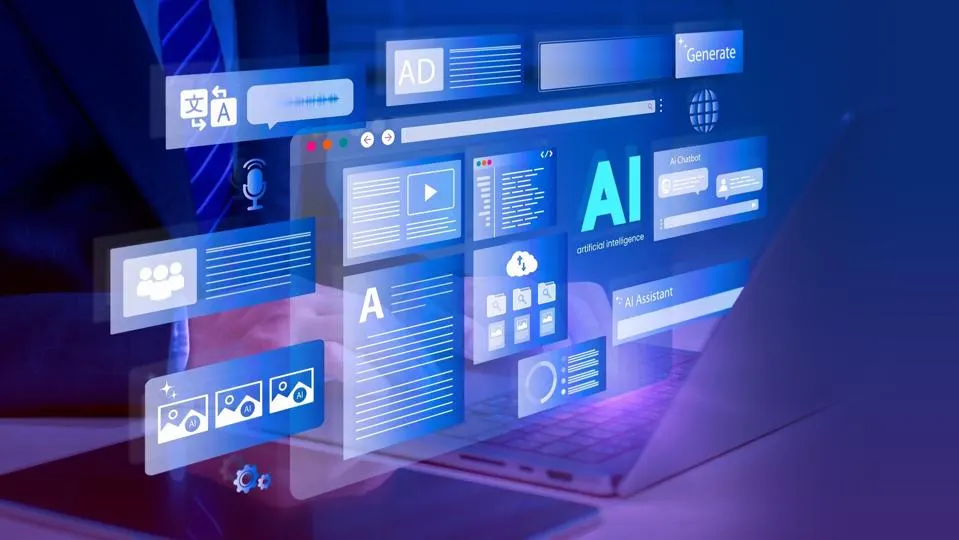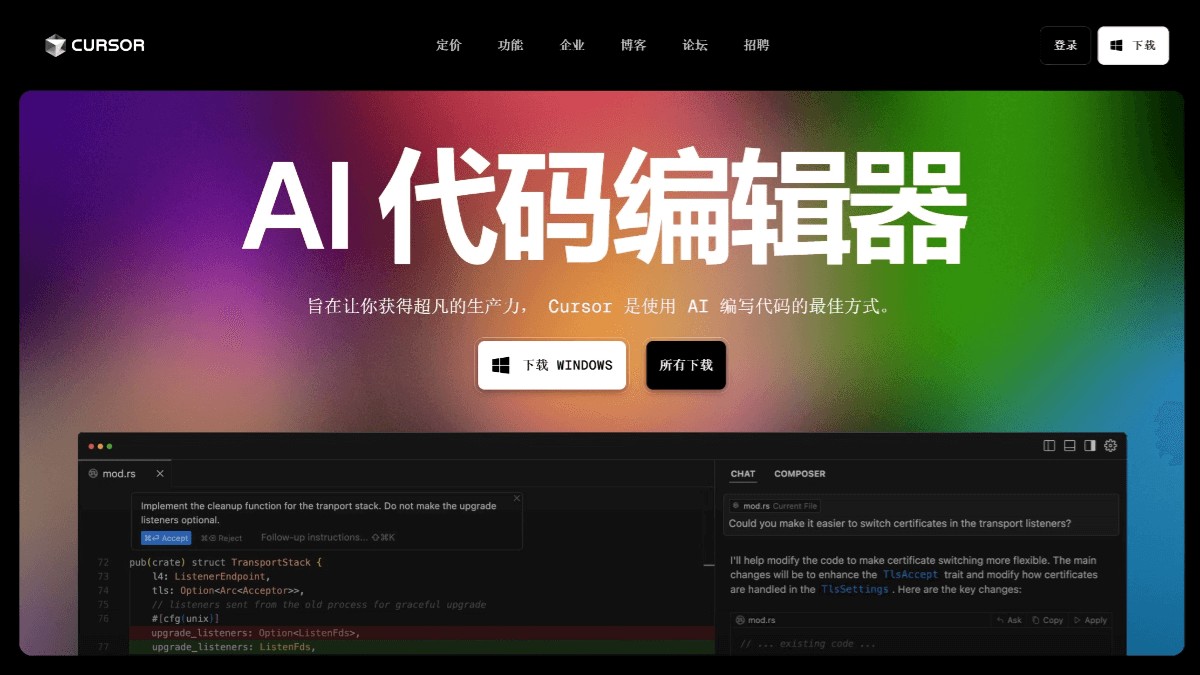
Keystroke tracking (Keystroke Dynamics) is a biometric identification technology that identifies a user by analyzing their typing patterns when entering text. This technology can be used to detect AI-generated content, especially when trying to identify whether it was written by a human or generated by artificial intelligence.
The following are several steps and ideas on how to use keystroke tracking to detect AI content:
Keystroke tracking monitors and records user input habits, including:
Typing speed (characters typed per minute)
Key interval time (time interval between key presses)
Key pressure (how heavy a key is pressed)
Key mode (such as combo mode, repeated input, etc.)
This input pattern varies from person to person, and different people have unique biometric characteristics in the way they type on a keyboard. AI writing usually does not have such a personalized input mode.
Detect differences between generated patterns and human typing patterns :
Human typing has certain characteristics (such as occasional pauses, misspellings, hesitations when pressing keys, etc.), while AI-generated text is usually very smooth and lacks these minor irregularities.
You can determine whether the content has too many regularities and consistency by monitoring the keystroke patterns during the writing process. If so, it is likely to be automatically generated by AI.
Comparing human and AI typing characteristics :
If you use keystroke tracking technology to compare the input of human and AI users, you will find that the input rate of AI-generated content, the interval between each character, and other characteristics are more consistent and standardized than normal human input.
Human input is often somewhat unpredictable, while AI-generated content is often more consistent in typing patterns and input speeds.
Keystroke tracking can be used as one of the auxiliary tools for AI content detection. For example, combining keystroke tracking technology with other existing AI content detection tools (such as GPT-3, ChatGPT detector, etc.) can help determine the source of content generation by analyzing the user's input method.
If you want to develop an AI content detection tool based on keystroke tracking, consider the following steps:
Collect data : Build a database of human typing patterns by monitoring the keystroke data of large numbers of human users.
Analyze AI patterns : Analyze the typing patterns of different types of AI content (such as content generated by GPT-3, ChatGPT).
Training model : Train a machine learning model based on collected keystroke data to distinguish between human input and AI-generated content.
There are some off-the-shelf keystroke tracking tools that can be used for simple detection:
Keylogger software : Some security software can log keystrokes. While these software are generally used for security monitoring, you can use them to collect data and analyze input patterns.
Typing speed test tools : For example, online platforms that offer typing tests (such as typingtest.com) can be used to monitor and analyze keystroke characteristics.
AI content detection tools : Existing AI content detection tools (such as OpenAI's Text Classifier, GPT-3 Detector) can be combined with the analysis of keystroke patterns to improve accuracy.
Although keystroke tracking technology is not a tool for detecting AI content directly, it can provide additional clues for content detection by analyzing the differences between the user's input patterns and the typing patterns generated by the AI content. Combined with AI content detection tools and keystroke tracking analysis, AI-generated content can be better identified and distinguished from human-created content.



